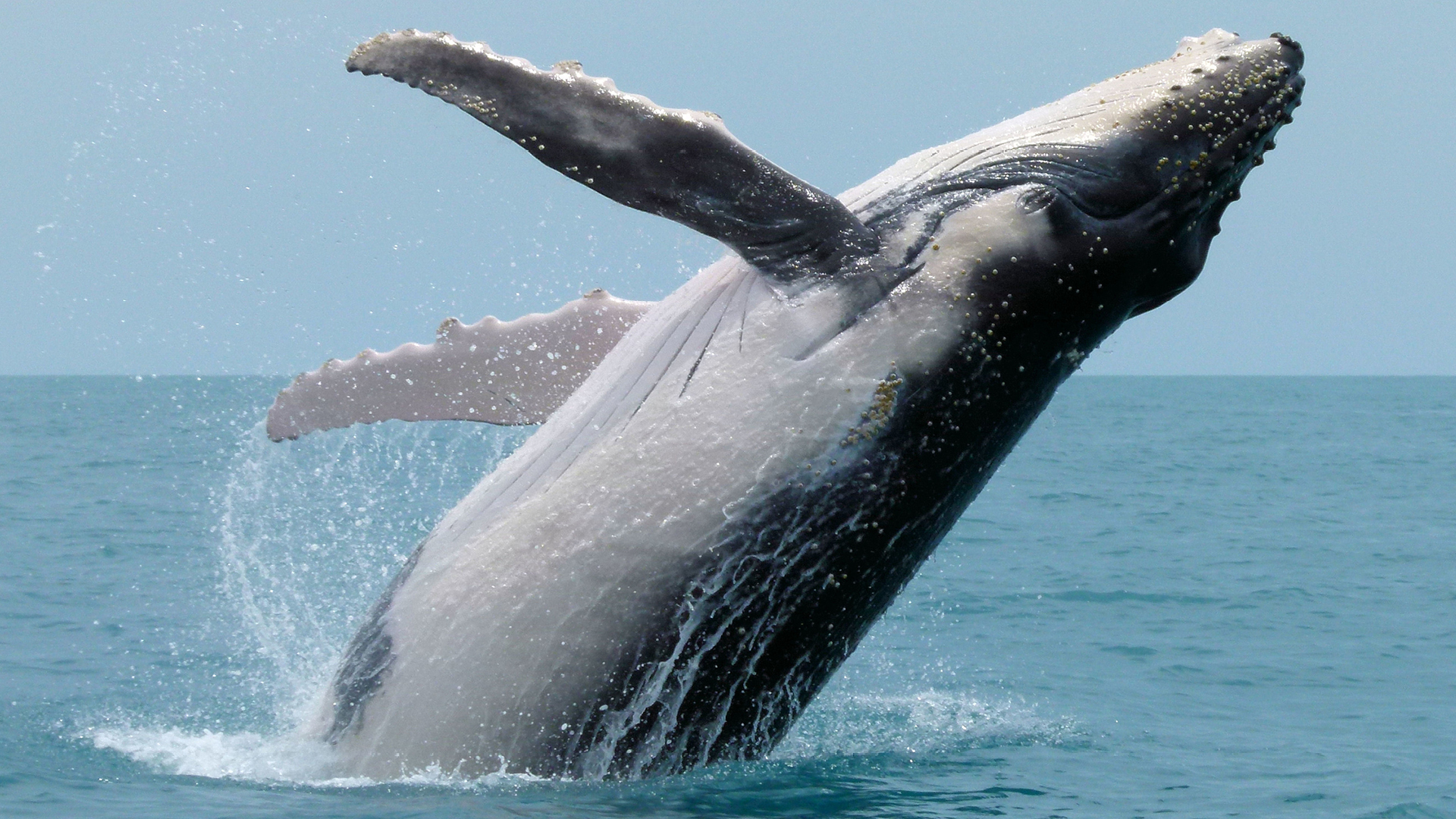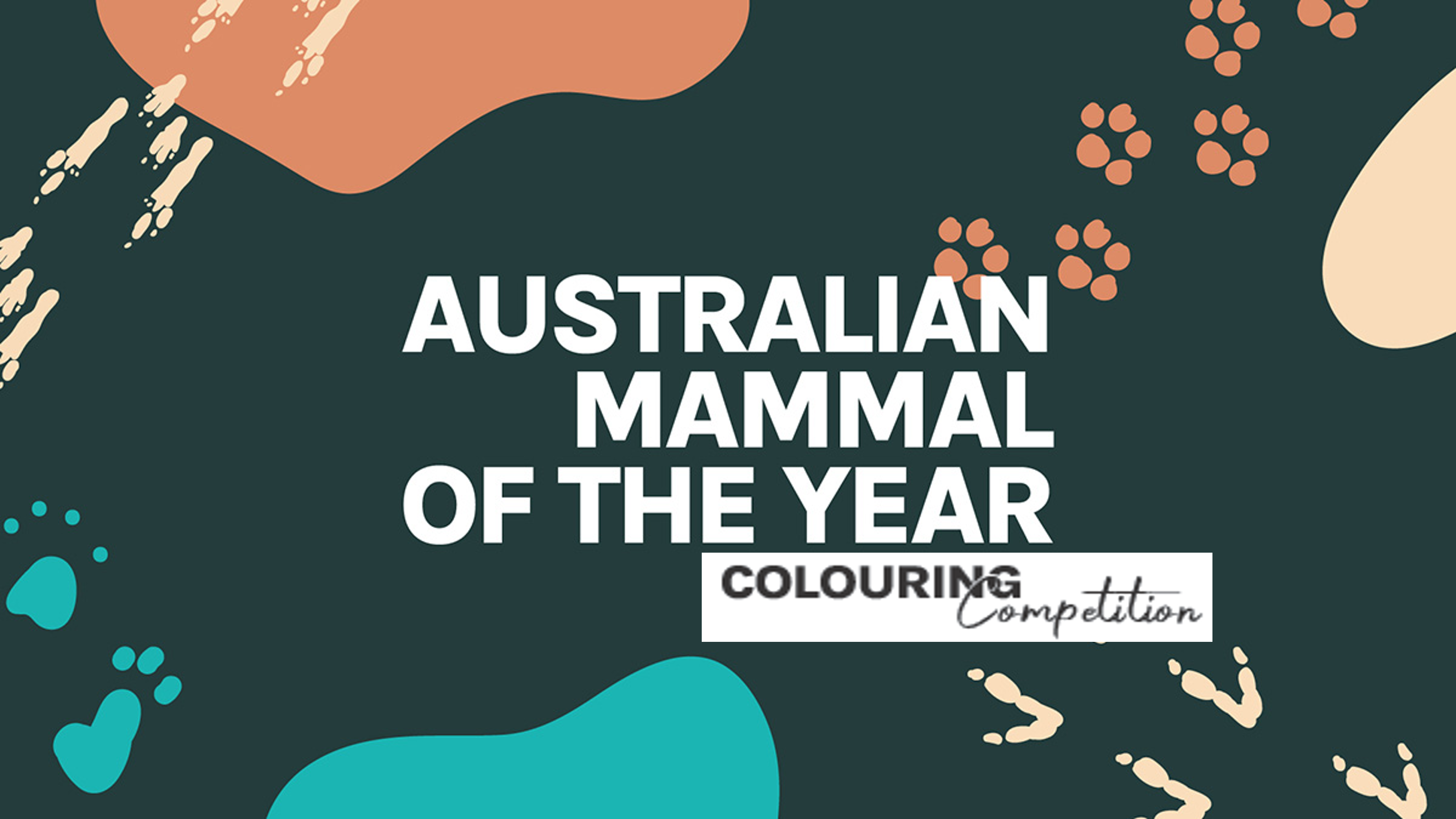What characteristics or features do groups of Antarctic animals have? What is the difference between a mammal, bird and fish?
This extended resource is designed for Year 3 Biology students who are learning about the external features of animals. It covers the features and characteristics of Antarctic mammals, birds and marine life. You will find starter and plenary activities, videos of penguins, hands-on activities, suggested solutions and students worksheets, all mapped to the curriculum and themed around Antarctica.

In this learning sequence, students will explore the characteristics and features of living things in Antarctica. There are a variety of games for students to play to learn about the animals and plants and assess their understanding. Students will also sort and group living things, learn about species and dive deeper into some species including whales, seals and penguins. There is also the opportunity for students to plan their own field guides.
At the bottom of the page, you will find a downloadable teachers’ guide and student booklet. You can view these all online or print them out for use. You just have to be logged in to see them.
You must be logged in to access this resource.
If you don’t have an account, you can sign up for FREE below.
This resource is supported by the Australian Antarctic Program.
The Royal Institution of Australia is the official education partner of the Australian Antarctic Division.





